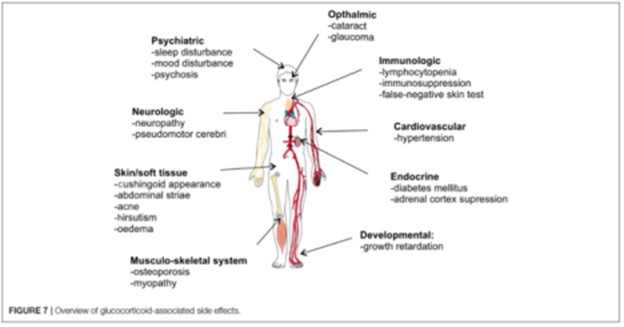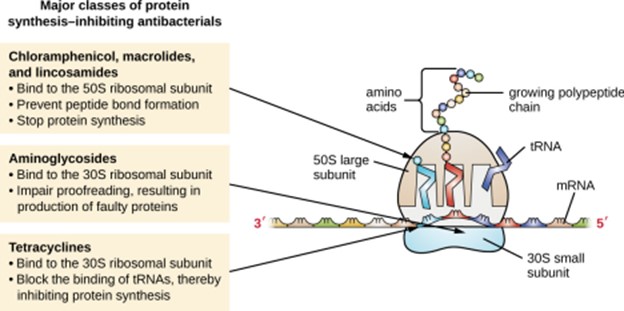A nurse is performing a musculoskeletal assessment on an older adult. What normal Physiological changes of aging does the nurse expect?
Select all that apply.
Arthritis
Widened Gait
Kyphosis
Slowed movement.
Muscle atrophy
Correct Answer : B,C,D,E,F
The normal physiological changes of aging that the nurse can expect in an older adult during a musculoskeletal assessment include:
● Widened Gait: With age, there can be a natural widening of the gait due to changes in balance and stability.
● Kyphosis: Kyphosis refers to an increased curvature of the thoracic spine, commonly known as a "hunchback" appearance, which can occur due to changes in the vertebral bones and intervertebral discs.
● Slowed movement: Older adults may experience a natural decline in their movement speed due to changes in muscle strength, coordination, and reaction time. ● Muscle atrophy: Age-related muscle atrophy, or loss of muscle mass, can occur, particularly if the older adult leads a sedentary lifestyle or has other underlying health conditions.
● Decreased joint ROM (Range of Motion): Older adults may experience a gradual decrease in joint flexibility and range of motion due to changes in the joints, ligaments, and surrounding tissues. This can affect their ability to move joints fully.
It's important to note that while some older adults may develop arthritis, it is not considered a normal physiological change of aging. Arthritis refers to the inflammation and degeneration of joints, which can occur due to various factors, including age, genetics, and lifestyle.
Nursing Test Bank
Naxlex Comprehensive Predictor Exams
Related Questions
Correct Answer is ["A","B","C","D","E","F"]
Explanation
Ensure the client receives adequate amounts of fluids: This is important to maintain hydration and thin respiratory secretions, making it easier for the client to cough and clear the airways. Check the client's mouth for stomatitis: Methylprednisolone can increase the risk of developing oral candidiasis (thrush) or stomatitis, which can cause discomfort and interfere with oral intake. Regular mouth checks can help identify these conditions early for appropriate management. Assess the client's mental status: Pneumonia, particularly in individuals with pre-existing lung disease like COPD, can lead to hypoxemia, which may affect mental status. It is important to monitor the client's mental status, as changes in cognition or confusion can be indicators of hypoxia and require prompt intervention.
Monitor for signs of hypokalemia: Methylprednisolone, like other corticosteroids, can cause electrolyte imbalances, including hypokalemia (low potassium levels). Hypokalemia can have various effects on the body, including muscle weakness and cardiac dysrhythmias. Regular monitoring of potassium levels and signs of hypokalemia is important for timely management. Monitor the client's blood glucose levels: Methylprednisolone can increase blood glucose levels, particularly in individuals with pre-existing diabetes or impaired glucose tolerance. Regular monitoring of blood glucose levels is necessary to ensure proper glycemic control and prevent hyperglycemia-related complications.
Monitor the client's blood pressure for hypotension: Corticosteroids like methylprednisolone can cause fluid retention, leading to an increase in blood pressure. However, sudden withdrawal of corticosteroids can result in adrenal insufficiency and hypotension. Close monitoring of blood pressure is necessary to identify any significant changes and adjust the medication regimen accordingly.

Correct Answer is {"dropdown-group-1":"A","dropdown-group-2":"B"}
Explanation
Aminoglycosides work by binding to the 30S subunit; this binding interferes with the bacterial ribosome's ability to synthesize proteins. By inhibiting protein synthesis, aminoglycosides disrupt bacterial growth and can lead to bacterial cell death.

Whether you are a student looking to ace your exams or a practicing nurse seeking to enhance your expertise , our nursing education contents will empower you with the confidence and competence to make a difference in the lives of patients and become a respected leader in the healthcare field.
Visit Naxlex, invest in your future and unlock endless possibilities with our unparalleled nursing education contents today
Report Wrong Answer on the Current Question
Do you disagree with the answer? If yes, what is your expected answer? Explain.
Kindly be descriptive with the issue you are facing.
